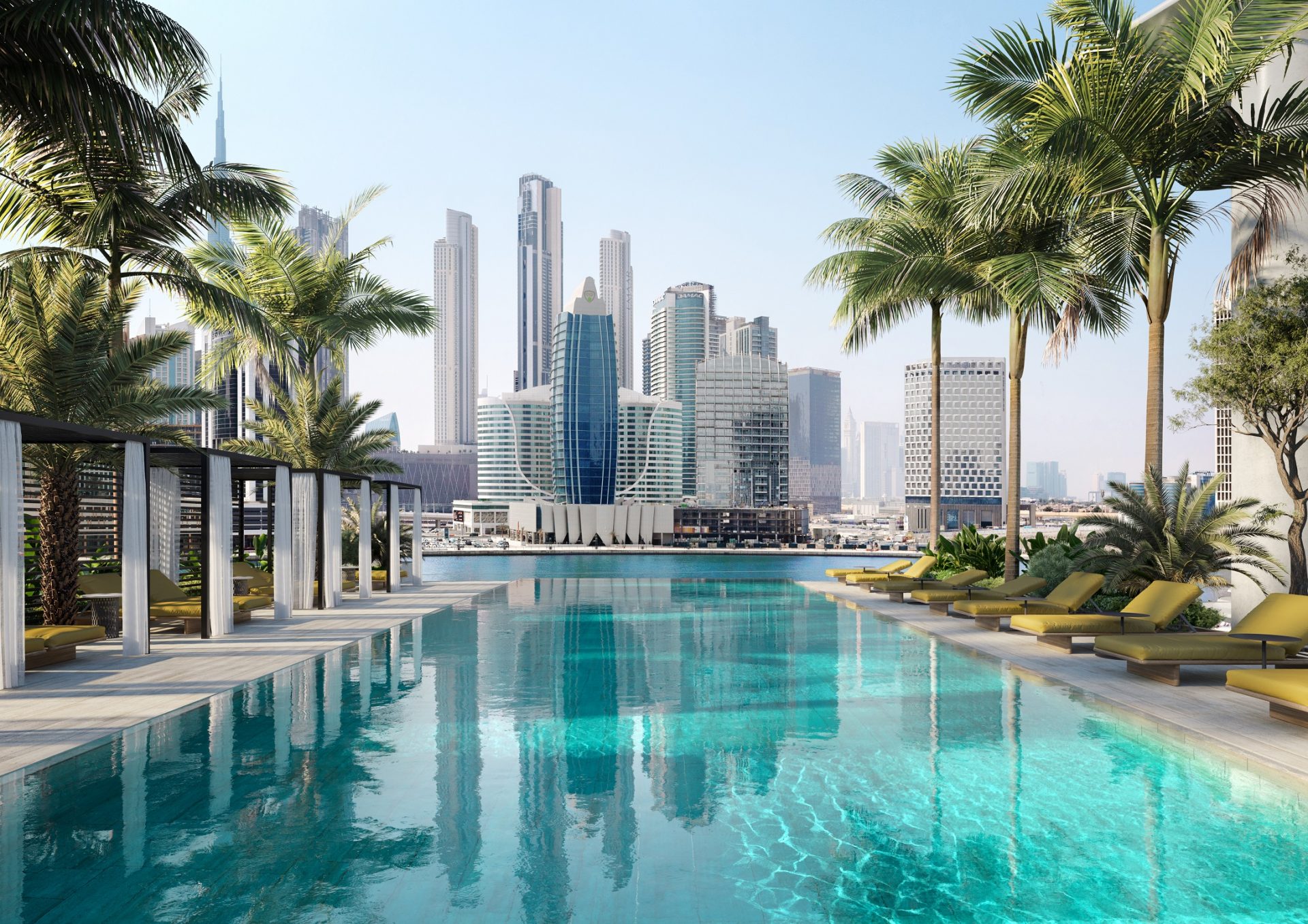In the vast and rapidly shifting world of global apparel—an industry worth an estimated $1.8 trillion—few family fortunes are as iconic or as influential as that of Amancio Ortega, founder of Inditex, the parent company of Zara. Built on speed, efficiency, and a revolutionary approach to fast fashion, Zara became a global powerhouse by mastering the art of rapid design replication, vertical supply-chain control, and consumer responsiveness.
Now, a new generation is stepping forward. Marta Ortega Pérez, the billionaire heir who assumed leadership over the family’s fashion and cultural empire, is steering Zara into uncharted territory: a dramatic push upmarket. In a world dominated by ultra-cheap digital juggernauts like Shein and Temu, her strategy defies industry trends—doubling down on craftsmanship, editorial storytelling, high-end collaborations, and a more luxurious brand identity.
Her gamble is bold: Can Zara evolve into a premium, editorial-driven brand without losing the fast-fashion DNA that made it a global giant?
A New Ortega Era: From Fast Fashion to Elevated Fashion Culture
When Marta Ortega took the reins of Inditex’s creative and brand direction, she signaled a strategic pivot. Her vision is not to abandon Zara’s core roots, but to elevate them—positioning the brand closer to luxury fashion houses while maintaining fast-fashion accessibility.
Her upmarket approach includes:
- High-fashion collaborations with renowned photographers, designers, and stylists
- A shift toward upscale editorial storytelling reminiscent of Vogue and Harper’s Bazaar
- Better-designed stores with minimalist architectural aesthetics
- Limited-edition collections featuring premium fabrics and couture-level styling
- Stronger emphasis on timeless pieces rather than fleeting trend-chasing
Her belief is that Zara can become the rare hybrid:
part fast-fashion machine, part cultural institution.
This vision sharply contrasts with the ultra-low-cost, high-volume model now reshaping the industry.
The Competitive Earthquake: Shein and Temu Redefine the Bottom End of the Market
While Zara moves upmarket, the global fast-fashion landscape is undergoing its most dramatic disruption in decades.
Two digital-first titans—Shein and Temu—have redefined consumer expectations for low prices and hyper-fast turnover.
Shein:
- Releases thousands of new items daily
- Crowdsources design through real-time data
- Operates at price points far below Western brands
- Targets Gen Z with relentless social media integration
Temu:
- Operates more as a marketplace than a fashion label
- Leverages China-based direct-to-consumer logistics
- Underprices even Shein, often at near-zero margins
- Uses aggressive discounting to gain global market share
Together, these platforms have created a race to the bottom—one that legacy brands cannot (and will not) win on price.
Why Going Upmarket Makes Strategic Sense for Zara
While many retailers are scrambling to compete with Shein and Temu on cost and speed, Zara’s leadership believes the true competitive edge lies elsewhere.
1. Zara cannot beat Shein on price—but it can beat it on brand value
Consumers who buy $5 dresses from Shein are shopping for novelty, not loyalty. Zara’s long-term value lies in brand perception, store experience, and fashion credibility.
2. Fashion culture is swinging back toward quality
After a decade of disposable fashion, a countertrend is emerging—especially among millennials and older Gen Z shoppers who demand more durable, classic, and sustainable pieces.
3. Zara’s integrated supply chain gives it flexibility at higher price points
Inditex’s legendary logistics can support more complex, premium designs as easily as fast-turn items.
4. Sustainability pressures will favor higher-quality production
Regulators across Europe and the U.S. are cracking down on ultra-fast fashion. Zara sees an opportunity to differentiate itself through more durable collections and elevated creative direction.
5. Luxury is proving resilient even in economic turbulence
Brands like Chanel, Hermès, and LVMH continue to post record revenues. Zara aims to tap into the aspirational consumer bracket that remains willing to pay for style and design.
A Balancing Act: Luxury Aesthetics Without Luxury Pricing
Marta Ortega’s challenge is to elevate the brand without alienating its core customers.
Zara’s premium collaborations—priced higher but still far below runway fashion—demonstrate how this balance can work:
- Iconic photographer Steven Meisel campaigns
- Haute couture-inspired eveningwear
- Designer partnerships with Roksanda, Narciso Rodriguez, and others
- Editorial-style seasonal collections that mimic luxury lookbooks
These collections bridge the gap between mass market and luxury, positioning Zara as fashion-forward without becoming elitist.
The Financial Picture: Inditex Remains a Juggernaut
Despite fierce competition, Inditex remains one of the most profitable retailers on earth.
Key indicators:
- Revenues continue to grow across major regions
- Operating margins remain higher than those of most competitors
- Strong brick-and-mortar presence supplements robust e-commerce sales
- Lower inventory risks due to rapid production cycles
- Wealthy clientele segments continue to expand
Shein and Temu may dominate the bottom end of the market, but Zara still commands the affluent mid-tier—a segment that is stabilizing and even growing.
The Ortega Legacy: Reinvention Through Cultural Capital
Marta Ortega’s approach is about more than clothes—it is about cultural positioning.
Her initiatives include:
- Patronage of the arts
- Leading the MOP Foundation, supporting exhibitions and photography
- Curating Zara campaigns like fashion editorials
- Positioning the brand as part of a broader cultural conversation
In an industry increasingly shaped by social media, brand status is currency. Zara seeks to become not just a retailer, but a cultural tastemaker.
Can Zara Really Go Upmarket—And Still Be Zara?
The ultimate question is whether Zara can reinvent itself without losing its identity.
Potential advantages:
- Global recognition
- Loyal middle-income customer base
- Strong digital and physical footprint
- Production capabilities built for rapid trend adoption
- Flexible inventory and supply chain
Potential risks:
- Higher prices may alienate value-focused consumers
- Luxury positioning could dilute Zara’s fast-fashion appeal
- Competing with true luxury houses could stretch brand meaning
- Shein/Temu may capture price-sensitive segments permanently
- Transitioning the brand too quickly could disrupt current success
But in many ways, Zara is uniquely positioned to attempt this evolution. Unlike most fast-fashion brands, it has decades of brand equity, design credibility, and operational sophistication.
Conclusion: A Billionaire’s Gamble That Could Redefine the Fashion Landscape
Marta Ortega’s upmarket gamble reflects both a defensive strategy against digital disrupters and an ambitious vision for the future of the Zara brand. Rather than racing to the bottom in a price war dominated by Shein and Temu, Zara is charting a more elevated course—doubling down on design, creativity, cultural relevance, and premium aesthetics.
If her strategy succeeds, Zara could establish a new hybrid model: luxury-inspired fashion at attainable prices, supported by a global supply chain unmatched in speed and sophistication.
If it fails, Zara risks being squeezed between ultra-cheap disruptors and true luxury giants.
Either way, the Ortega family’s wager will influence not just Zara’s future, but the trajectory of the entire global apparel industry.
In a $1.8 trillion marketplace undergoing seismic transformation, Zara’s ascent upmarket may prove to be one of the most consequential strategic pivots of the decade.










